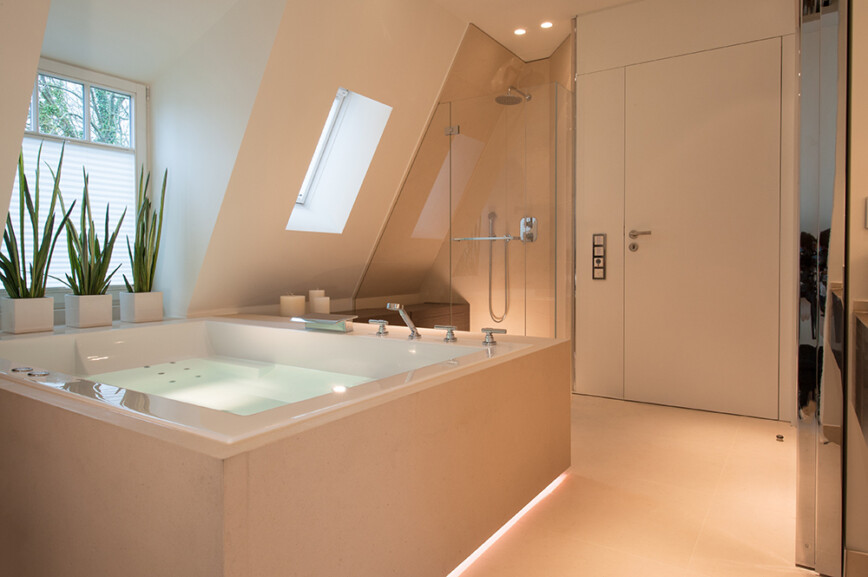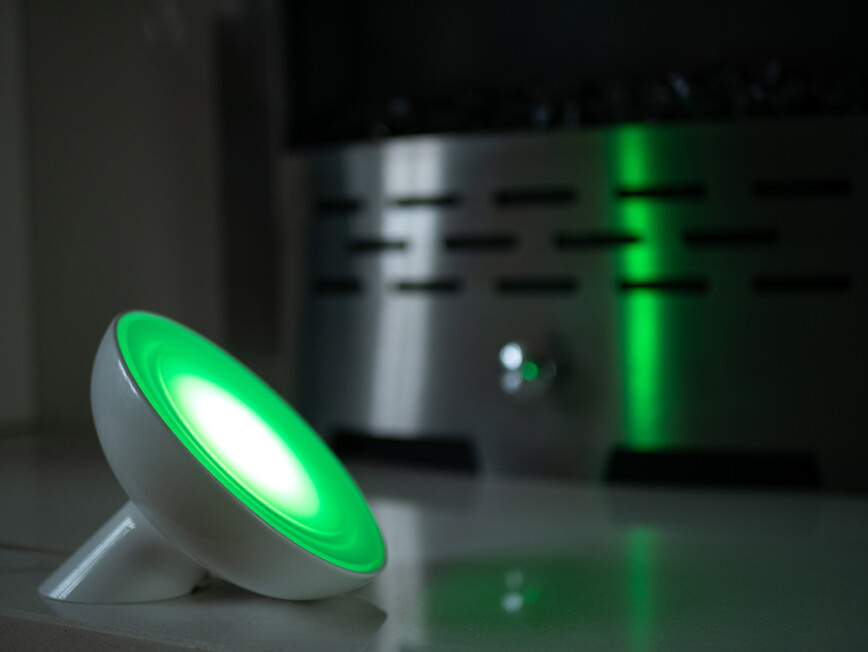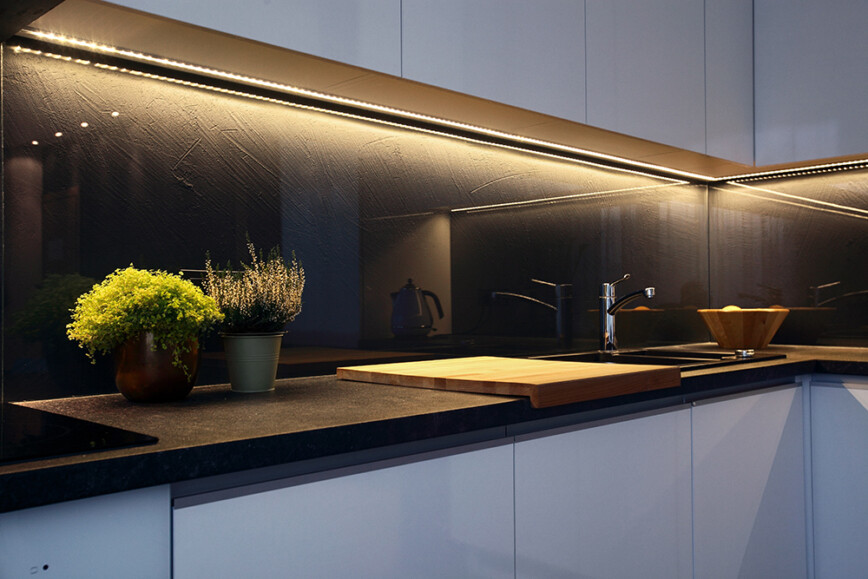Lighting has a dramatic effect on interior design and what easier way to achieve this than the trusty light bulb.
Choosing the best light bulbs ultimately means considering the luminous flux (Luminous flux is the measure of perceived power of light by the human eye. We measure luminous flux in lumens), the colour of light and the connected load.
In the UK more than 20% of energy is used lighting up homes and businesses. This uses a great deal of energy and in turn has a negative effect on the environment. Plus, an increase in energy bills if using inefficiant bulbs. LED Lights UK on the other hand are efficient, energy saving and cost effective, helping ruduce the UKs 20% energy consumpsion.
If you’re not convinced read further.
Considering Factors

The top considering factors in determining the best light bulbs are as follows:
Life Span
Characteristically, the filament which is the most important parts of a bulb, weakens with time, causing the halogen incandescent bulb to burn-out. LED bulbs don’t burn, although the amount of light they produce decreases over time, which is known as “lumen depreciation”. The way LEDs generate light and the type of components used prolongs the lifespan of these light bulbs. Plus, their low heat levels, energy efficiency and durability make it possible for LED bulbs to beat other bulbs by thousands of hours.
Energy efficiency
Halogen bulbs (form of incandescent bulbs) can become extremely hot, causing accidental burns to people as well as objects. Also, causing fires if they accidentally comes into contact with flammable materials. In comparison, LEDs have higher lumen output, turning 70% of the energy they use into light, therefore producing a lot less heat and in turn a safer option. This also makes LEDs more efficient than Halogen bulbs. It only requires a 6-watt LED bulb to generate the same amount of light that a 40-watt halogen bulb uses. Thanksfully Halogen bulbs are being being slowly phased out since 2018.
According to the guardian: LEDs consume one-fifth of the energy of halogen bulbs and their phase-out will prevent more than 15m tonnes of carbon emissions a year, an amount equal to Portugal’s annual electricity usage.
Intensity and Brightness Level
LEDs compared to common bulbs emit an incredibly high level of brightness. And for this reason wattage is no longer a worthwhile measurement of intensity or brightness. For LEDs, we only look at the lumen output in relation to electricity.
Extraordinary Colour Range
Gels or filters are required by incandescent bulbs to produce different shades and colours of light. LEDs on the otherhand come in a large array of colours and shades.

Some can even swap through 200+ colours in one smart LED bulb.
Reliability
Customers are looking for reliable light source. LEDs are the most durable and reliable bulbs invented so far, especially as they work safely at any temperature and due to such high stability, they are highly recommended.
Should I purchase LEDs?
Keeping in mind the above factors in terms of cost and energy saving, one should choose the LED bulbs rather than traditional incandescent bulbs. LEDs are the most effective in that they are longer-lasting and produce a brighter light than anyother type of bulb. LEDs consume less than 80% of electricity compared to traditional bulbs, which will save produce great savings for at home, and thousands of pounds for industrial areas and businesses.
Here are some Pros and Cons of LEDs that every user should know about.
Pros
- Most efficient type of bulb.
- Great longevity.
- Instant light.
- Works well in high and low temperatures.
Cons
- The quality of LEDs varies depending on the brand.
- The Colour quality for low-level LEDs isn’t as good as the colour quality achieved using incandescent bulbs.
- Dimmer switches may need to be updated as not all are compatible with LEDs.
